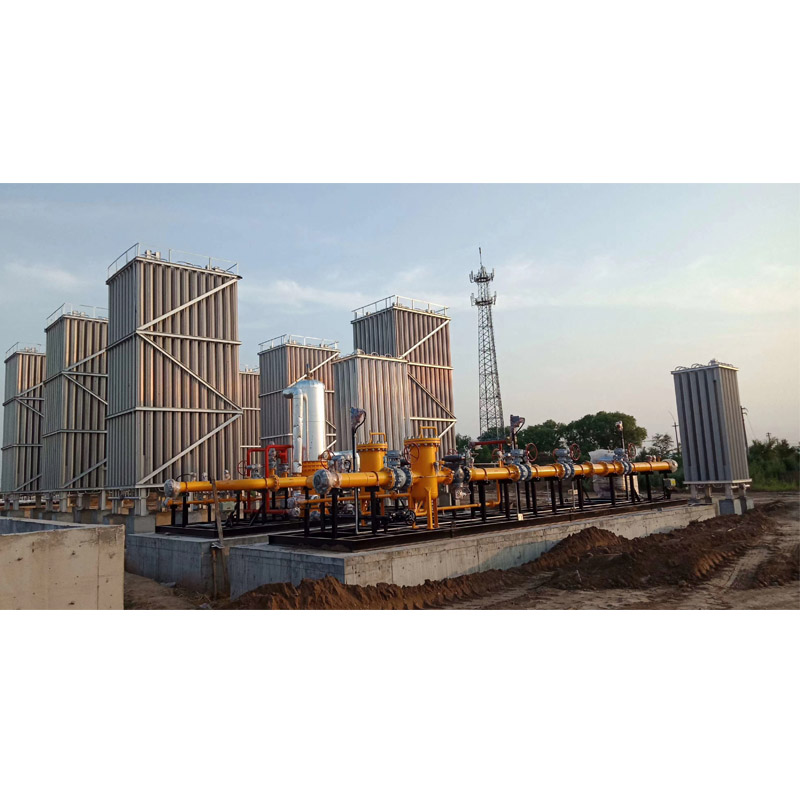
Dec . 03, 2024 12:11
Back to list
صمام تنفيس الأمان
Safety Relief Valves A Critical Component in Industrial Systems
In modern industrial operations, safety is paramount. Among various safety mechanisms, safety relief valves play a vital role in preventing catastrophic failures in systems that handle pressurized fluids and gases. Essentially, a safety relief valve is a device designed to automatically release pressure from a boiler, pressure vessel, or piping system once the pressure exceeds a predetermined limit. This article explores the significance, types, working mechanisms, and maintenance of safety relief valves, highlighting their essential role in maintaining operational safety.
The Importance of Safety Relief Valves
Pressure vessels and systems are designed to operate within specific pressure limits to ensure safety and efficiency. However, if there is an abnormal rise in pressure due to excessive temperature, spontaneous reactions, or equipment failure, the consequences can be dire, leading to explosions or system failures. Here, safety relief valves come into play. They act as a safety net, designed to protect systems from overpressure conditions by releasing excess pressure, thereby preventing potential disasters.
Types of Safety Relief Valves
There are primarily two types of safety relief valves safety valves and relief valves.
.
2. Relief Valves These valves are typically used for liquids. They operate by gradually opening to release fluid pressure in a controlled manner, rather than fully opening at once. This characteristic makes relief valves suitable for applications such as hydraulic systems and storage tanks where liquid pressure needs to be regulated slowly.
صمام تنفيس الأمان

Working Mechanism
The operation of safety relief valves is straightforward yet sophisticated. Each valve is equipped with a spring-loaded mechanism that applies a predetermined force to keep the valve closed during normal conditions. When pressure inside the system exceeds the valve's set pressure, the force exerted by the fluid overcomes the spring tension, causing the valve to lift and release the excess pressure. The design ensures that the valve re-seats tightly once the pressure drops back to safe levels.
Additionally, safety relief valves can be equipped with various features such as blowdown settings, which determine the differential between the opening and closing pressures. This feature is crucial in preventing chattering (frequent opening and closing) of the valve, which can lead to wear and tear.
Maintenance and Inspection
To ensure the effective operation of safety relief valves, regular maintenance and inspection are essential. Manufacturers commonly recommend that these valves be tested periodically to confirm their reliability. This may include visual inspections for corrosion or leaks, testing the spring tension, and ensuring that the valve opens and closes correctly.
Installation also plays a critical role in valve performance. Safety relief valves must be installed properly in a system to function correctly, taking into consideration factors such as orientation, airflow, and fluid dynamics.
Conclusion
Safety relief valves are indispensable in various industries, including oil and gas, chemical processing, and power generation. They protect not only the equipment but also the personnel working around them. As industries continue to advance, the technology behind these valves evolves, allowing for more precise and reliable pressure control. In conclusion, understanding the function, types, and maintenance of safety relief valves empowers engineers and operators to safeguard their systems effectively, ensuring safer industrial processes.
Next:
Latest news
-
Safety Valve Spring-Loaded Design Overpressure ProtectionNewsJul.25,2025
-
Precision Voltage Regulator AC5 Accuracy Grade PerformanceNewsJul.25,2025
-
Natural Gas Pressure Regulating Skid Industrial Pipeline ApplicationsNewsJul.25,2025
-
Natural Gas Filter Stainless Steel Mesh Element DesignNewsJul.25,2025
-
Gas Pressure Regulator Valve Direct-Acting Spring-Loaded DesignNewsJul.25,2025
-
Decompression Equipment Multi-Stage Heat Exchange System DesignNewsJul.25,2025

